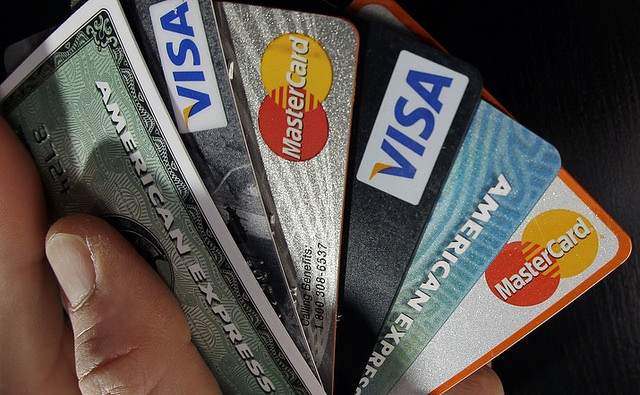Here’s the truth: whether you like it or not, we are living a life that has been accustomed to using credit cards. They seem to be rampant everywhere. There are even some places that only take payments via credit or debit cards. And it is also a given fact that most of us have at least one credit card in our wallets.
But take note that accessing credit cards is not a right but a privilege. If you make mistakes, you might just end up in a sea of debt that you’ll find very hard to clear.
With the advent of credit cards comes the dumbest and smartest ways to use it. Here’s a quick list of the dumbest moves that will surely leave you with a lot of credit debt.
Making late payments
Never mistake a due date as a guideline. It is your responsibility to execute timely payments for your credit use. Remember that although there are rules that must be followed, credit card issuers remain to have the right to raise rates when it comes to late payments. When you pay late, the following will apply to you:
- You will be obliged to pay a late fee, and
- Higher interest rates may apply to your future purchases. In some cases there may be an interest rate adjustment, but this is not an absolute fact.
Paying minimum for your credit card use
If you are paying the minimum in your credit debt now and then, it’s not actually a big deal, but it won’t be good at all anymore if you make it a habit. Paying only the minimum can dramatically increase your credit debt.
Abusing credit card cash advances
While there may be emergencies where your only option is to take cash advances, always remember that it is not a cheap deal. In general, licensed moneylenders can be a quick fix for your financial needs but it can incur up to 48% interest per annum. You can consider a personal loan before considering cash advance. There are several free personal loan calculators that can help you assess which will help you save more.
If there are dumb ways to use your credit cards, there are also considerably smart ways to utilise them. Credit cards offer valuable rewards when utilised properly. Here are the smartest ways you can utilise your credit card.
Earn credit rewards for spending
When you use rewards credit cards, it can earn valuable points, air miles and even cashback for up to 6% of your purchases. This might be a meager amount but some card holders earn a few hundred dollars with cashback rewards on a yearly basis. The best cashback credit cards in Singapore are usually just within reach.
Credit cards as a payment method
Paying your credit card statements within the grace period will help you avoid credit charges. When your credit cards are used as a payment method, it will allow you to enjoy a handful of benefits at no cost to you.
As your protection from devious merchants
When the merchant fails to deliver the services or items you have purchased, you can get help from your credit card provider during this dispute. If your credit card provider can verify your claim and block your payment, you just might be able to get your money back. However, keep in mind that this is only applicable with certain products. Always check the terms and conditions before applying for a credit card.
As a way to build your credit
Building your credit score is the best way you can do to qualify for the most affordable rates when doing big purchases. Observing how your credit card score affects your chances of getting a loan approval. If your credit score is bad, you don’t get approval on a loan. At most you will get a higher loan quantum with a good credit score. The best way still to improve your credit score is to get a personal instalment loan and pay it back consistently.
(This article is brought to you by SingSaver.)







